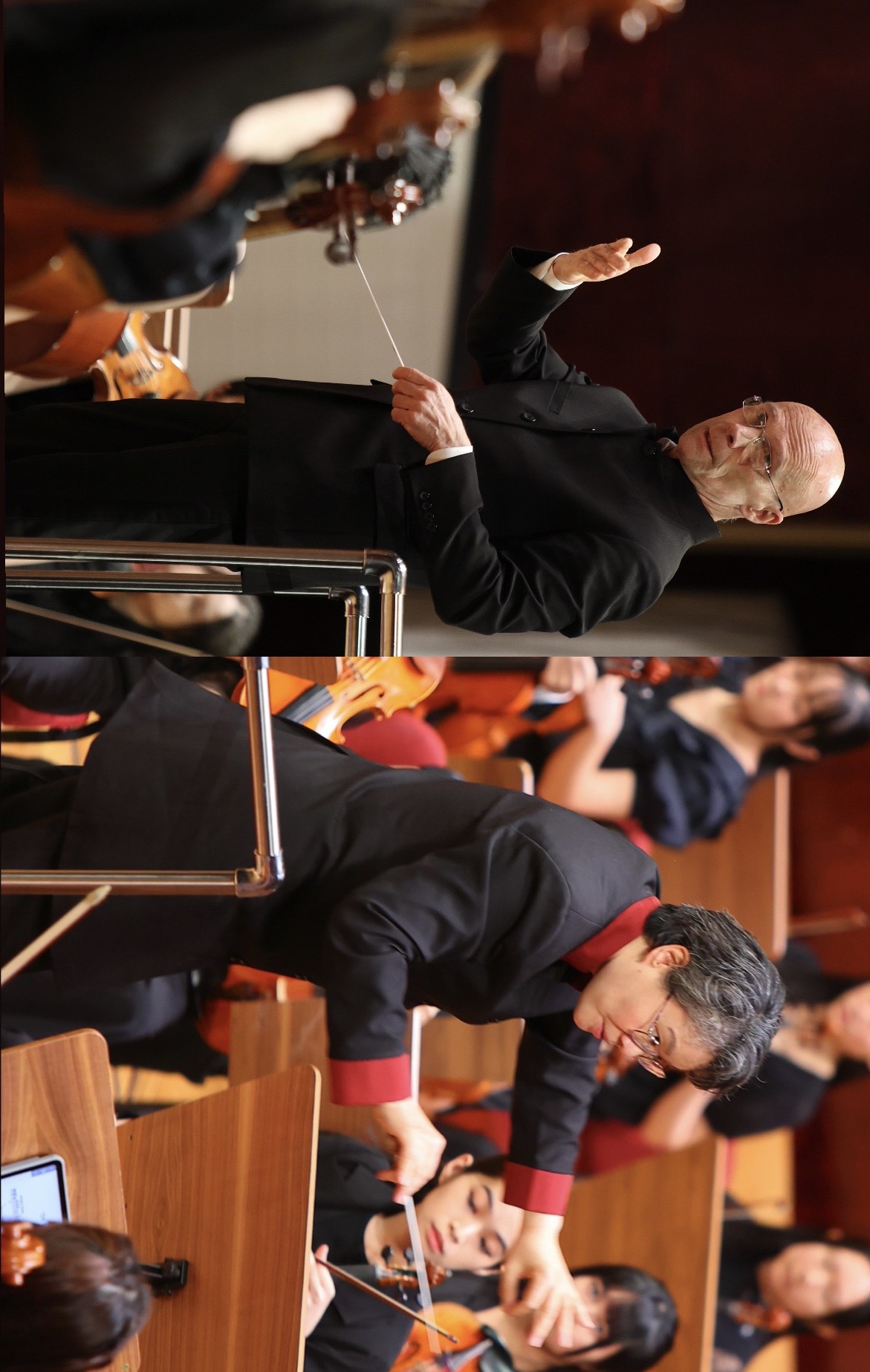
2 minute read
President’s Message
The relationship between music, education, and cultural preservation is receiving renewed attention across higher education. At NTNU, these connections have long shaped how we teach and work.
This issue opens with a close look at the music program at NTNU. Its evolution reflects global shifts in how music is studied and practiced. Across Asia, Europe, and North America, universities are moving beyond performance instruction to include digital archives, interdisciplinary research, and technological innovation.
NTNU’s model combines Western classical training with focused study in areas such as ethnomusicology, composition, performance, and music education. Students specialize in fields like vocal or instrumental performance, conducting, or composition, while also taking part in projects that link cultural preservation with contemporary practice. The program, grounded in tradition and attuned to change, prepares graduates for careers in both the music industry and academia.
Two recent projects reflect this approach. One is the restoration of the 1967 Osterwalder Tapes, combining conservation, fieldwork, and collaboration with Indigenous communities. The other is a partnership with the Evergreen Symphony Orchestra, offering students practical experience under international leadership and in professional rehearsal settings.
This issue also features the Department of Performing Arts in its twentieth year. Since its founding, the program has supported the creation of Taiwan-rooted musical theatre that speaks to local experience while connecting with global forms. Through initiatives like NTNU Fringe and the development of a new English-taught master’s program, the department continues to expand its reach. At the same time, it remains grounded in a curriculum that values collaborative production, critical thinking, and artistic agency.
UNESCO estimates that over 70 percent of cultural workers today are employed outside of traditional institutions. NTNU’s applied training model, which connects students with communities, public spaces, and international partners, prepares them for that reality.
Internationalization remains a key part of this work. NTNU now has the highest proportion of international students among Taiwan’s national universities. With more than 880 EMI courses and a growing number of English-taught degree programs, we aim not only to attract students from around the world, but to support meaningful exchange where Taiwan’s voices and values are part of the conversation.
Each of these developments reflects not only progress, but persistence on the part of faculty, staff, and students alike. I thank them for their continued commitment.
Cheng-Chih Wu President National Taiwan Normal University







